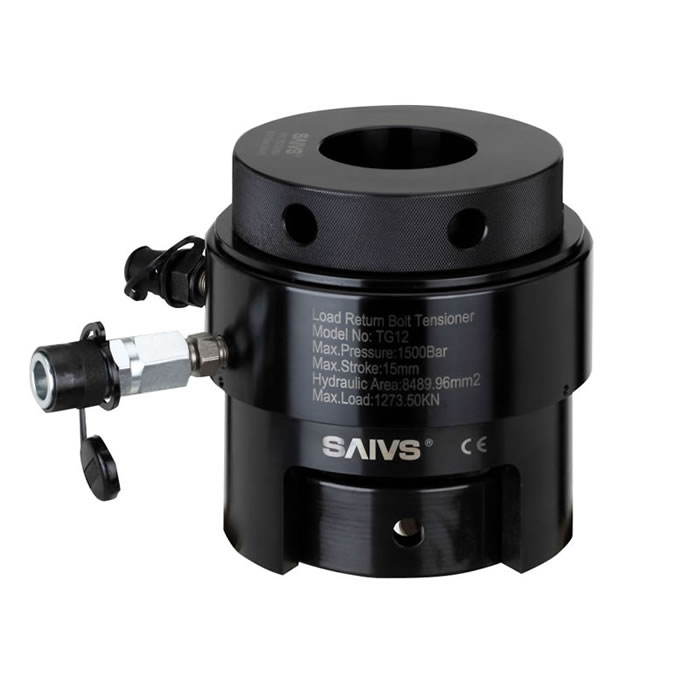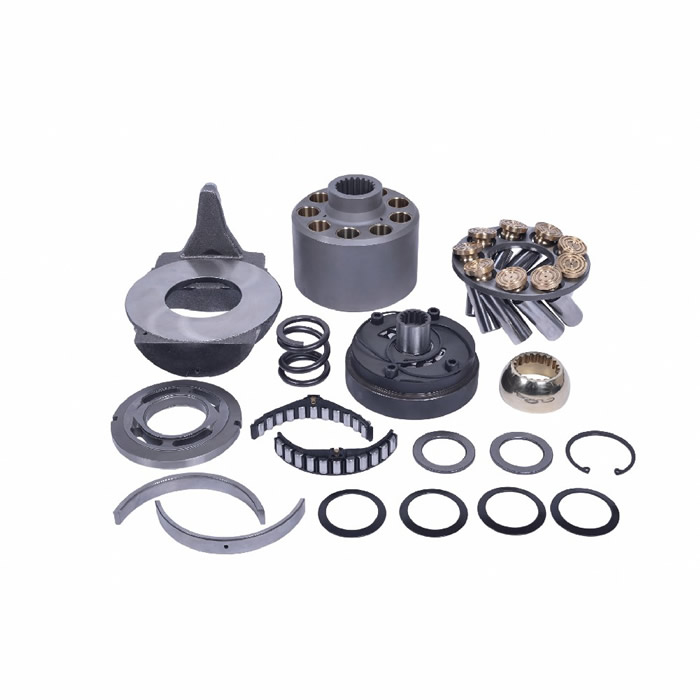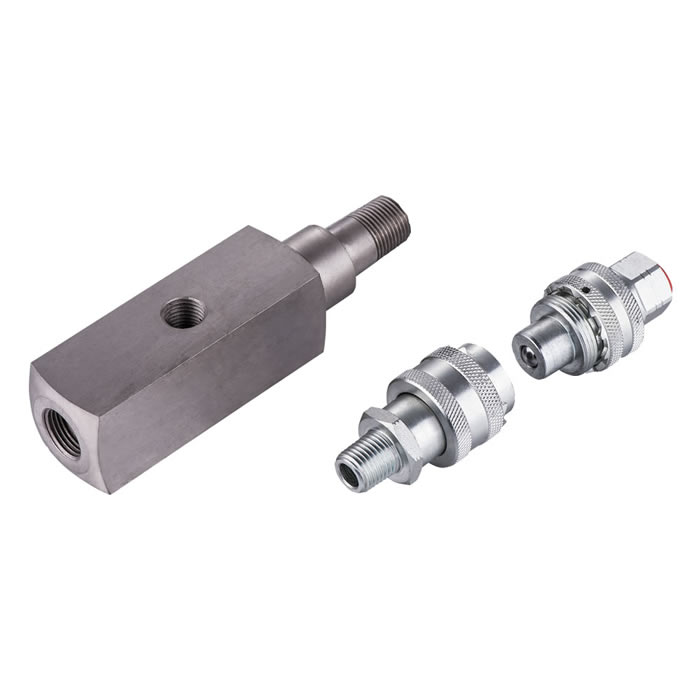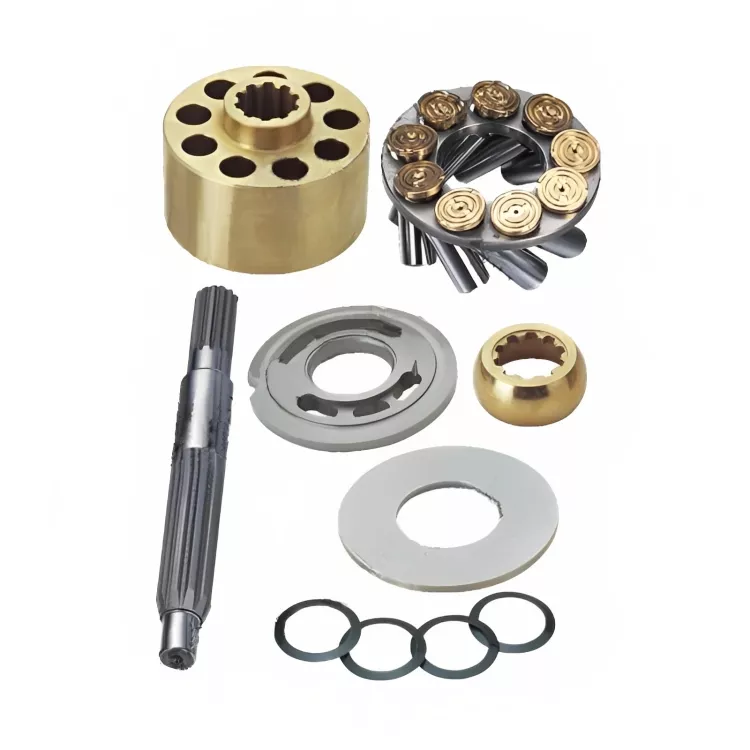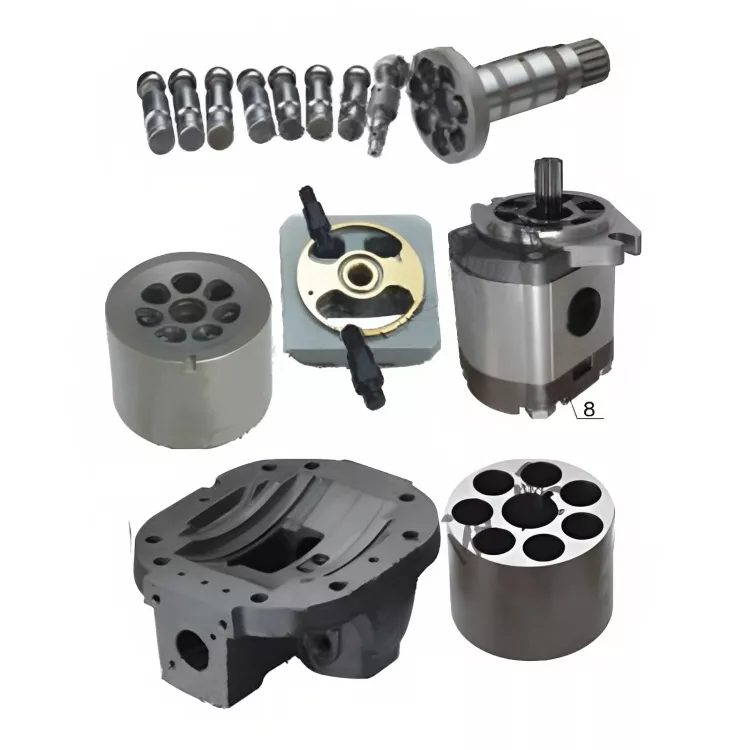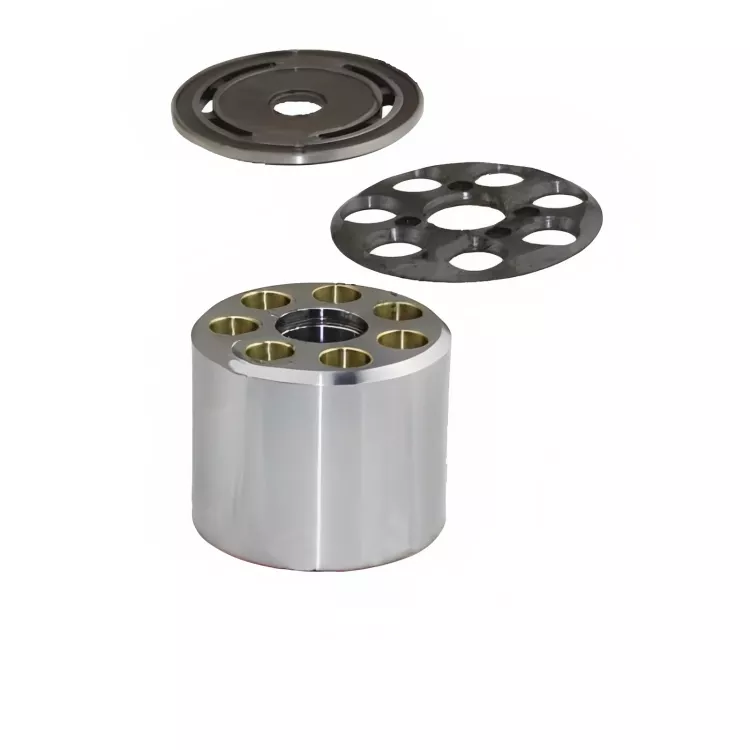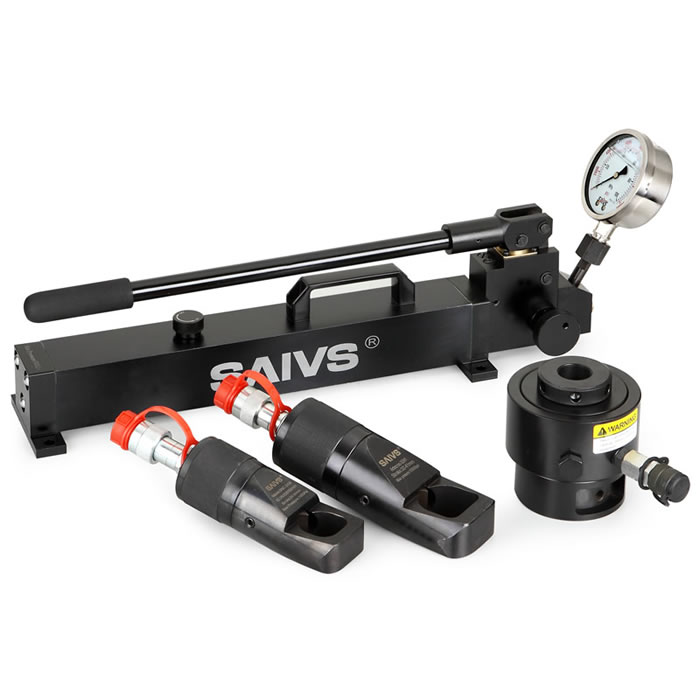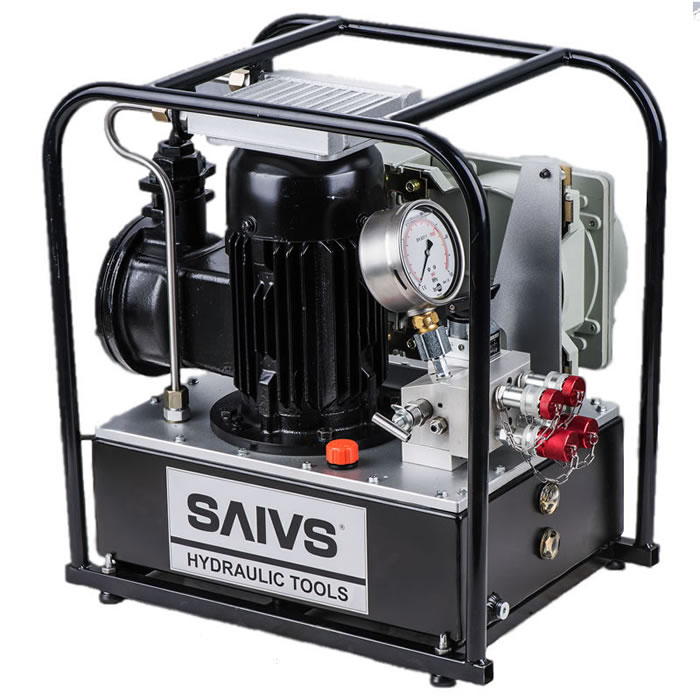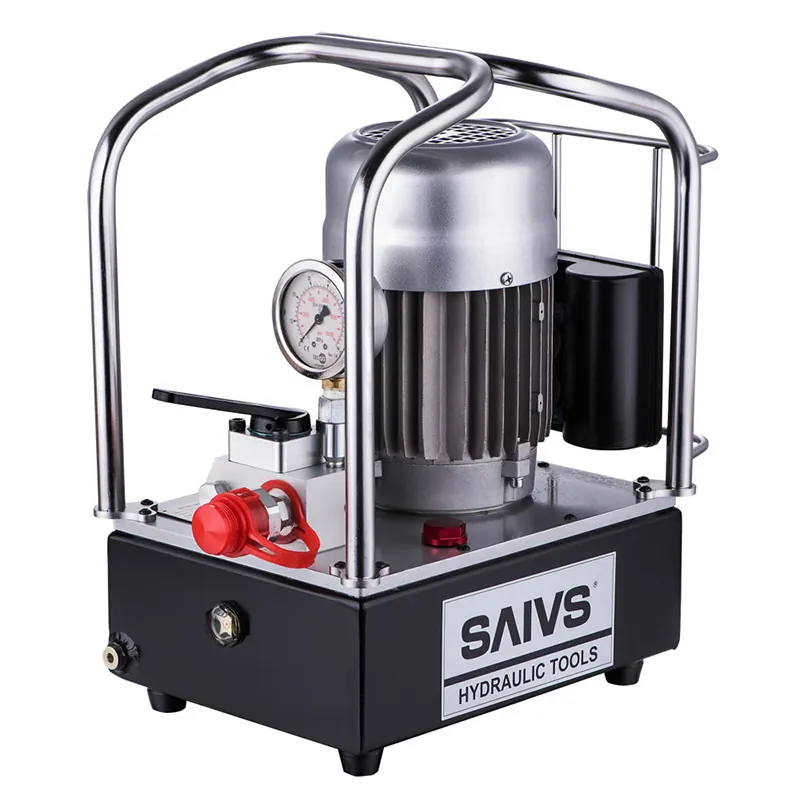axial piston pump
About Axial piston pump
An axial piston pump can be used as an independent pump, a Hydraulic Motor or an automobile air conditioning compressor.
Axial piston pumps have multiple pistons arranged in a circular array in a housing commonly referred to as a cylinder block, rotor or barrel. The cylinder body is driven by the whole shaft aligned with or more or less with the pump piston to revolve around its symmetrical axis.
One end of the cylinder block is protruded and attached to the mating surface on the fixed valve plate. The inlet and outlet of the pump flow through different parts of the sliding interface between the cylinder body and the valve plate. The valve plate has 2.5 circular ports, allowing the discharge of the inlet and outlet of the working fluid respectively.
There are many configurations for the piston’s exposed end, but they are all supported on the cam in any case. In the variable displacement unit, the cam is movable. The variable displacement unit has the ability to change the cam angle during operation, while the fixed displacement unit can not.
In a variable displacement pump, if the vector perpendicular to the cam plane (swash plate) is set parallel to the rotation axis, the piston does not move in its cylinder.
Pressure. In a typical pressure compensating pump, the swash plate angle is adjusted by using a pressure feedback valve so that the instantaneous pump output is just enough to maintain the specified pressure.
The internal lubrication of the pump is achieved by using the working fluid (commonly called hydraulic fluid). The maximum operating temperature of most Hydraulic Systems is limited by fluid, which is about 120 degrees C (250 degrees F), so using this fluid as a lubricant can cause its own problems.

At present, most of the automotive air-conditioning compressors used for engine room cooling are based on axial piston pump (other designs are based on scroll compressors or rotary Vane Pumps) in order to reduce the weight and space requirements and reduce vibration in the engine room. They can be used in fixed displacement and dynamically regulated variable displacement models.

